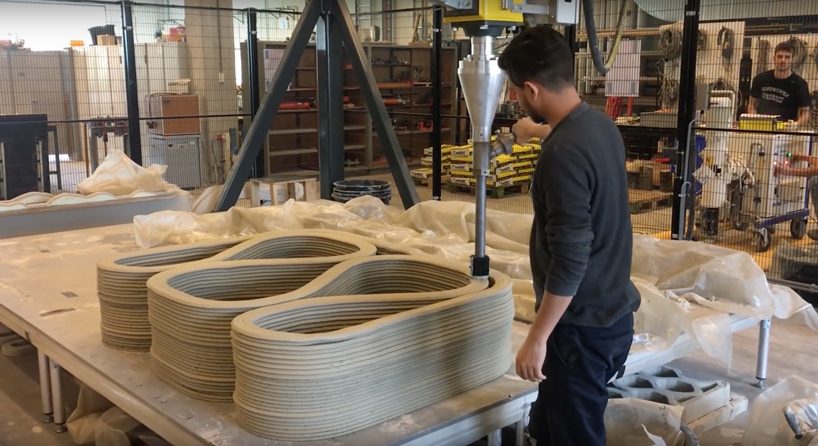These 3-D printers can print in color and with multiple materials

Brief:
- HP launched its Jet Fusion 300/500 series of 3-D printers that can print in full color and with multiple materials at the same time, reported Digital Trends.
- This technology will allow manufacturers to produce engineering-grade, functional parts in full color or in black and white with voxel control, according to a statement from HP. A voxel is a 3-D pixel the printers use to create objects and voxel control is what allows the printer to change the material being used to produce the final object.
- In an effort to boost its Open Platform, HP is working with partners such as SolidWorks to develop different materials the printers can use at the voxel level.
Insight:
Despite 3-D printing having been around since the 1980s, it wasn’t until much later that scientists and researchers embraced its capabilities. The medical field was among the first to adopt 3-D printing through innovations such as synthetic scaffolds of a human bladder, miniature kidney, prosthetic leg and blood vessels using human cells.
Fast forward to today and other industries, including construction, are exploring ways to use 3-D printing. NASA’s Centennial Challenge tasks competitors with creating a 3-D printed habitat for Mars. In 2014, NASA installed a 3-D printer at its space station to test-print satellite components. It successfully produced a printhead faceplate engraved with the names of organizations that collaborated on the demonstration.
The technology also is pushing itself to new heights. In December, the California Energy Commission awarded a $1.25 million grant to RCAM Technologies to develop and test 3-D printing so that concrete turbine towers can be constructed onsite. The proposed towers would be 140 meters high, a sizable increase from the standard 80-meter-high towers, and would allow for energy production to increase by more than 20%.

Last year saw several announcements coming out of Europe about new 3-D printed structures. The world’s first 3-D printed concrete bridge, produced by Netherlands Eindhoven University of Technology engineers, is a 26-foot-long structure intended for cyclists. It uses 800 layers of reinforced, pre-stressed concrete material that took three months to print. A month later, Denmark-based Printhuset completed the continent’s first 3-D printed building; the walls took only 50 hours to print onsite. After finishing touches are complete, the building will house office and hotel space.

According to a July 2017 report research and consulting company MarketsandMarkets, the 3-D printing market will reach a value of $32.78 billion by 2023 at a CAGR of 25.78% between 2017 and 2023.
This artilce was originally written by Laurie Cowin and appeared here.



Comment (0)